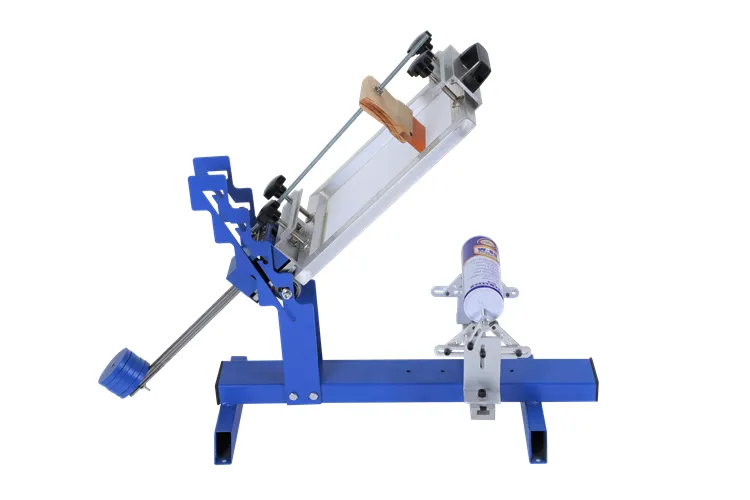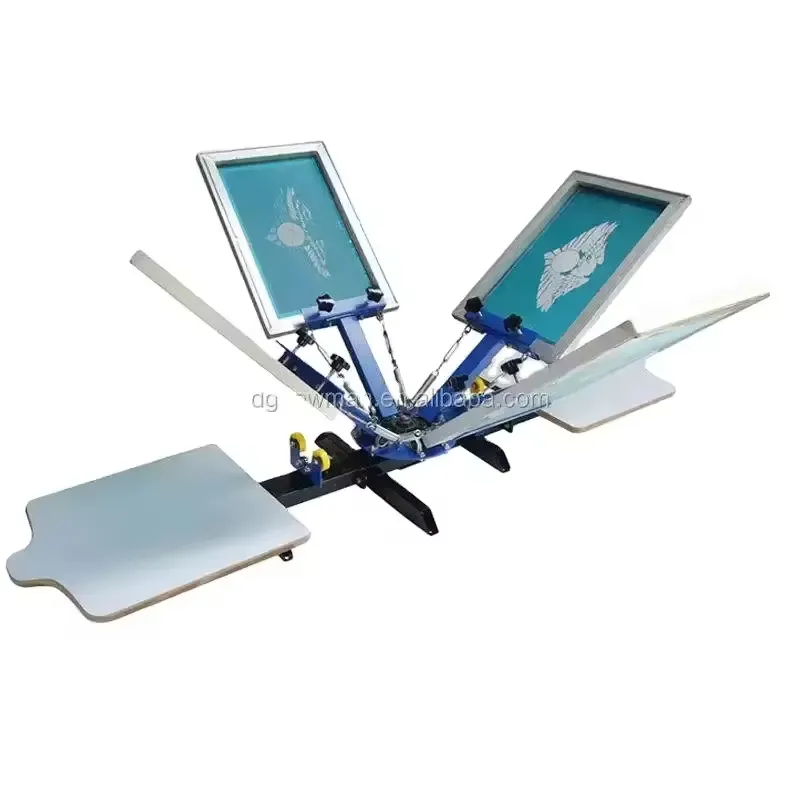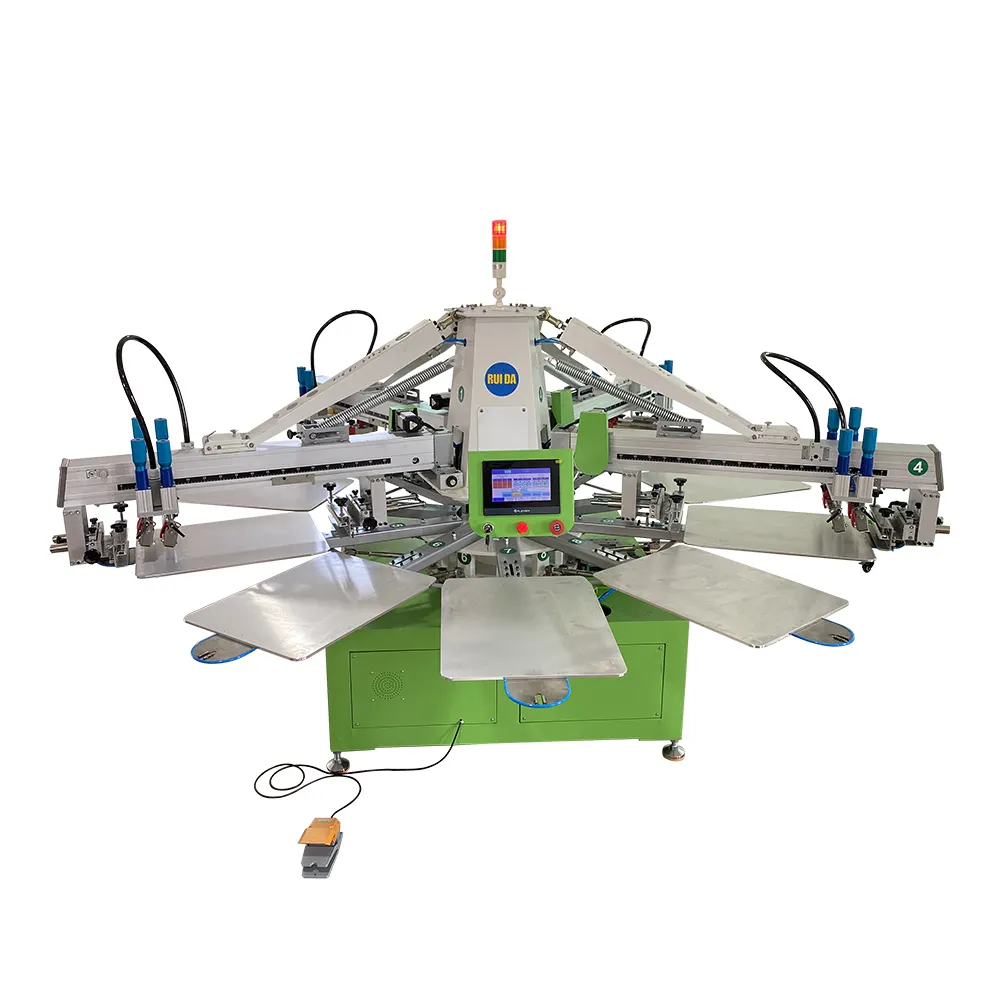silk screen uv exposure unit
A silk screen UV exposure unit is an essential piece of equipment in the screen printing industry, designed to create precise stencils on mesh screens through UV light exposure. This sophisticated device employs high-intensity ultraviolet light to transfer artwork patterns onto photosensitive emulsion-coated screens. The unit typically consists of a UV light source, a vacuum-sealed glass surface, and a timer control system. During operation, the unit ensures consistent exposure across the entire screen surface, creating sharp, detailed images necessary for high-quality screen printing. The technology behind these units has evolved to incorporate LED UV lights, which offer longer lifespan and more energy efficiency compared to traditional metal halide lamps. Modern units feature precise digital controls for exposure timing, vacuum pressure monitoring, and light intensity adjustment. These capabilities make them suitable for various applications, from textile printing to industrial signage production. The units come in different sizes to accommodate various screen dimensions, making them versatile for both small-scale operations and large commercial printing facilities. The integration of advanced features like programmable memory settings and automatic shut-off systems enhances both efficiency and safety in the production process.


